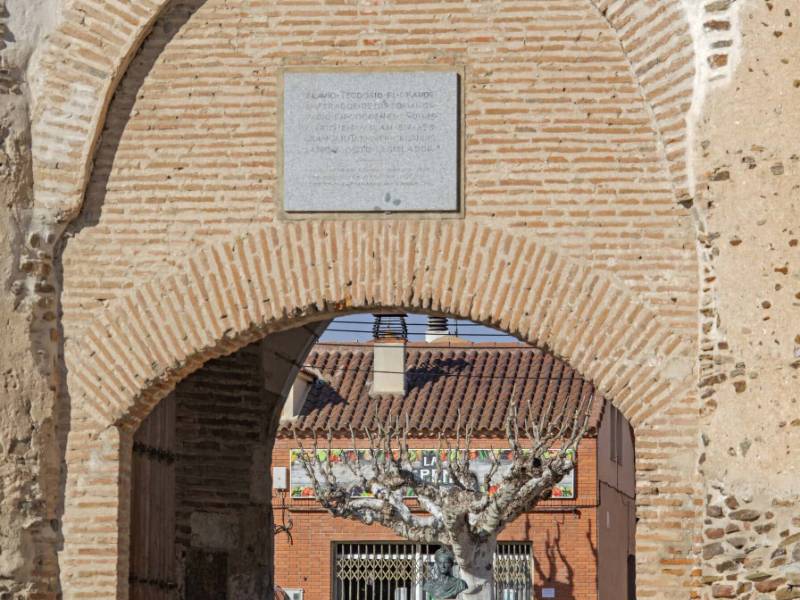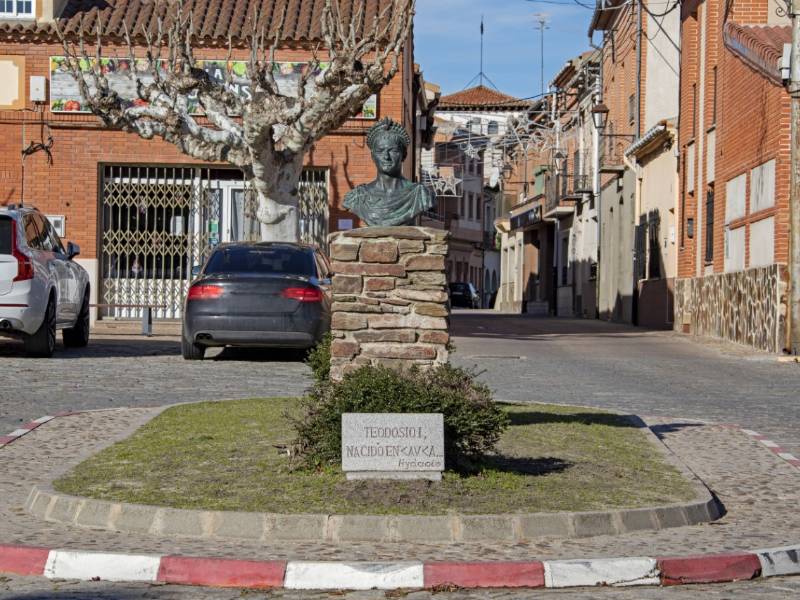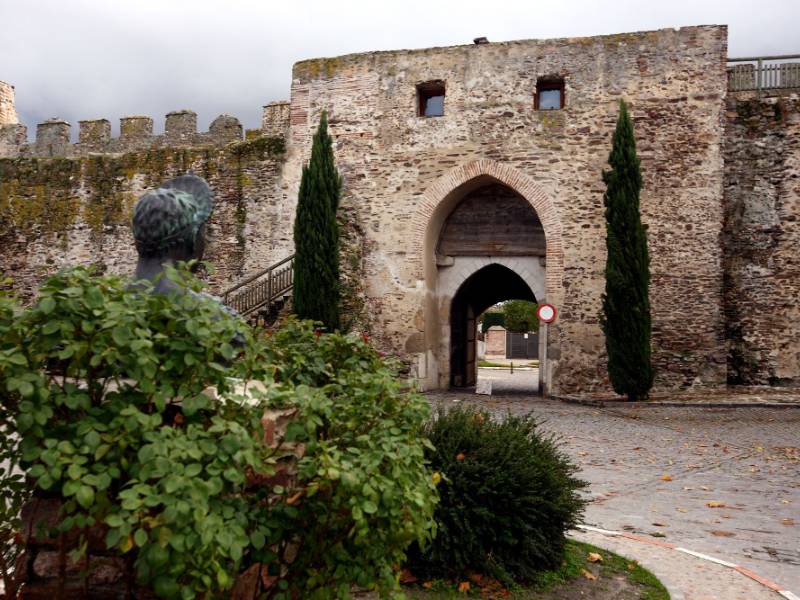Theodosius the Great
Born in Roman Hispania into a military family in 347 AD, he soon made a name for himself alongside his father, a high-ranking Roman general, in the world of arms. After the fall from grace of his father, Theodosius the Elder, he returns to Hispania, converted into a brilliant soldier with important victories behind him, but increasingly distant from the power of Rome, which is gradually weakening. It was the Emperor Gratian who brought Theodosius out of retirement and appointed him co-august of the East in 379. Under his orders, an important transformation began under his orders in which he moved the court to Constantinople and imposed, together with Gratian first and with his successor Valentinian II later, a great conversion of Roman citizens to Christianity and a harsh repression began against the rest of the religions and rites in force at the time, including the prohibition of the Olympic Games as they were considered pagan, and giving way to what has been called the , a time of great artistic splendor with the construction of temples and statues. After the death of Valentinian, Theodosius became the last sole Emperor of the entire Roman Empire until his death in 395 in Italy. In Coca (Segovia), his hometown, a bust commemorates the figure of this great soldier and politician, also the last of the three emperors of Hispanic origin after Trajan and Hadrian.




